Report this entry
More from the same community-collection
Brazilian Happy Hour at El Paso Museum of History
The picture was taken at the Brazilian Happy Hour in the Museum ...
Brazilian Happy Hour at El Paso Museum of History
The picture was taken at the Brazilian Happy Hour in the Museum ...
Brazilian Happy Hour at El Paso Museum of History
The picture was taken at the Brazilian Happy Hour in the Museum ...
Brazilian Happy Hour at El Paso Museum of History
The picture was taken at the Brazilian Happy Hour in the Museum ...
Brazilian Happy Hour at El Paso Museum of History
The picture was taken at the Brazilian Happy Hour in the Museum ...
Brazilian Happy Hour at El Paso Museum of History
The picture was taken at the Brazilian Happy Hour in the Museum ...
Brazilian Happy Hour at El Paso Museum of History
The picture was taken at the Brazilian Happy Hour in the Museum ...
Brazilian Happy Hour at El Paso Museum of History
The picture was taken at the Brazilian Happy Hour in the Museum ...
Brazilian Happy Hour at El Paso Museum of History
The picture was taken at the Brazilian Happy Hour in the Museum ...
Brazilian Happy Hour at El Paso Museum of History
The picture was taken at the Brazilian Happy Hour in the Museum ...
Brazilian Happy Hour at El Paso Museum of History
The picture was taken at the Brazilian Happy Hour in the Museum ...
Brazilian Happy Hour at El Paso Museum of History
The picture was taken at the Brazilian Happy Hour in the Museum ...
Brazilian Happy Hour at El Paso Museum of History
The picture was taken at the Brazilian Happy Hour in the Museum ...
Brazilian Happy Hour at El Paso Museum of History
The picture was taken at the Brazilian Happy Hour in the Museum ...
Brazilian Happy Hour at El Paso Museum of History
The picture was taken at the Brazilian Happy Hour in the Museum ...
Panoramic Shot towards North and West
This panoramic shot (180 degrees) captures the north and the ...
Panoramic Shot towards East and South
This panoramic shot captures the east and the south of El Paso ...
Stanton Street Bridge - El Paso, Texas
The Stanton Street Bridge, located at 1001 S. Stanton, was ...
View towards Downtown El Paso & Ciudad Juárez
The image shows the cityscape of Ciudad Juárez with the Cerro ...

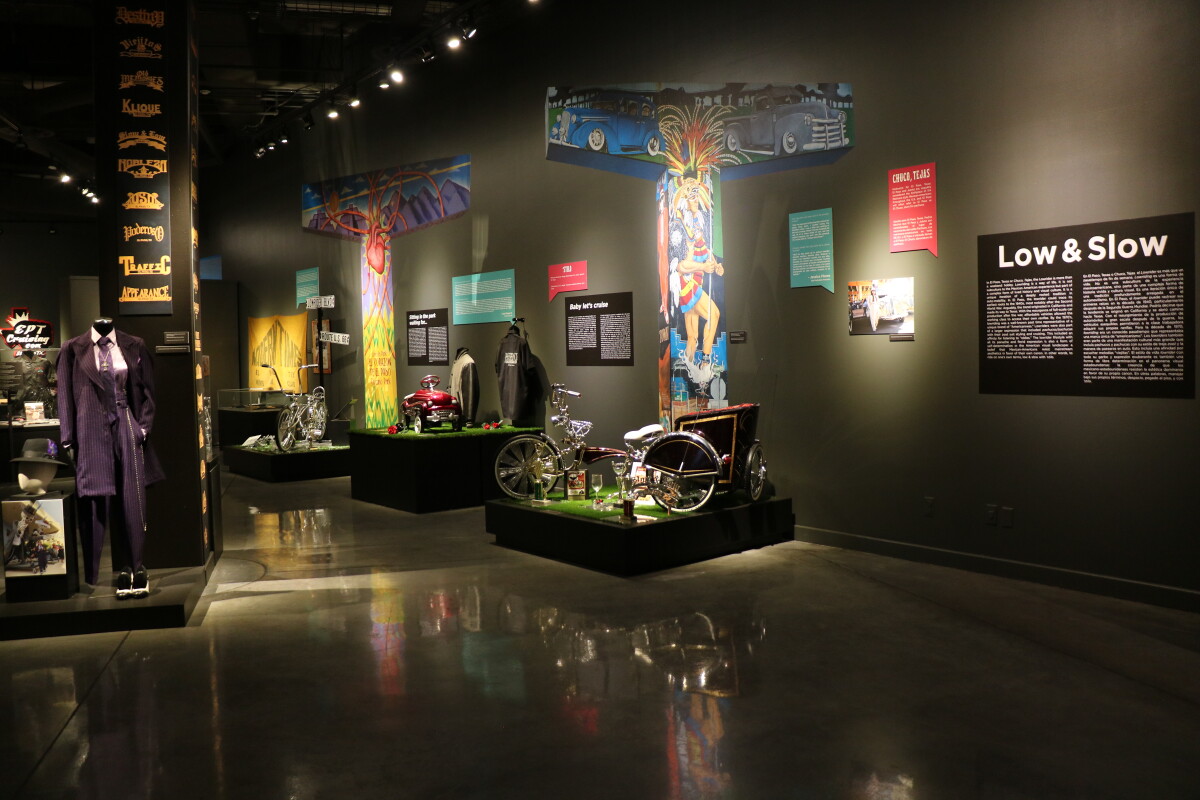
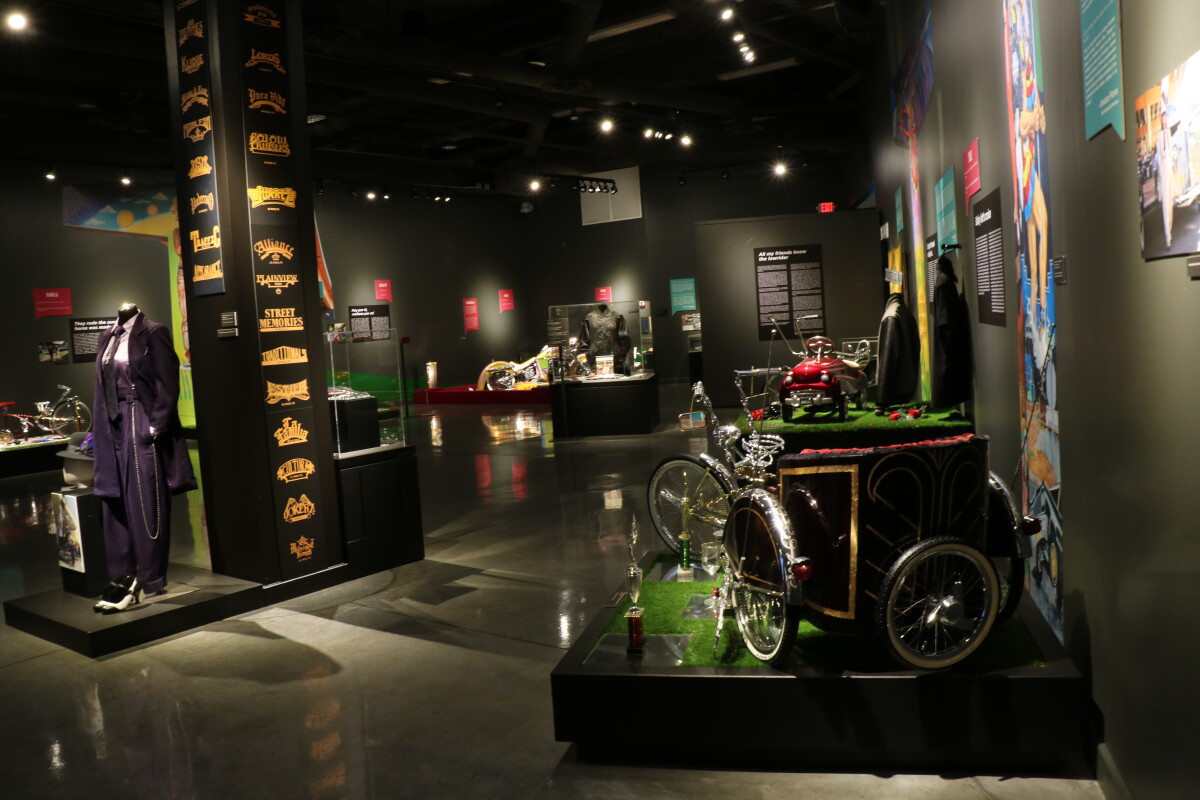
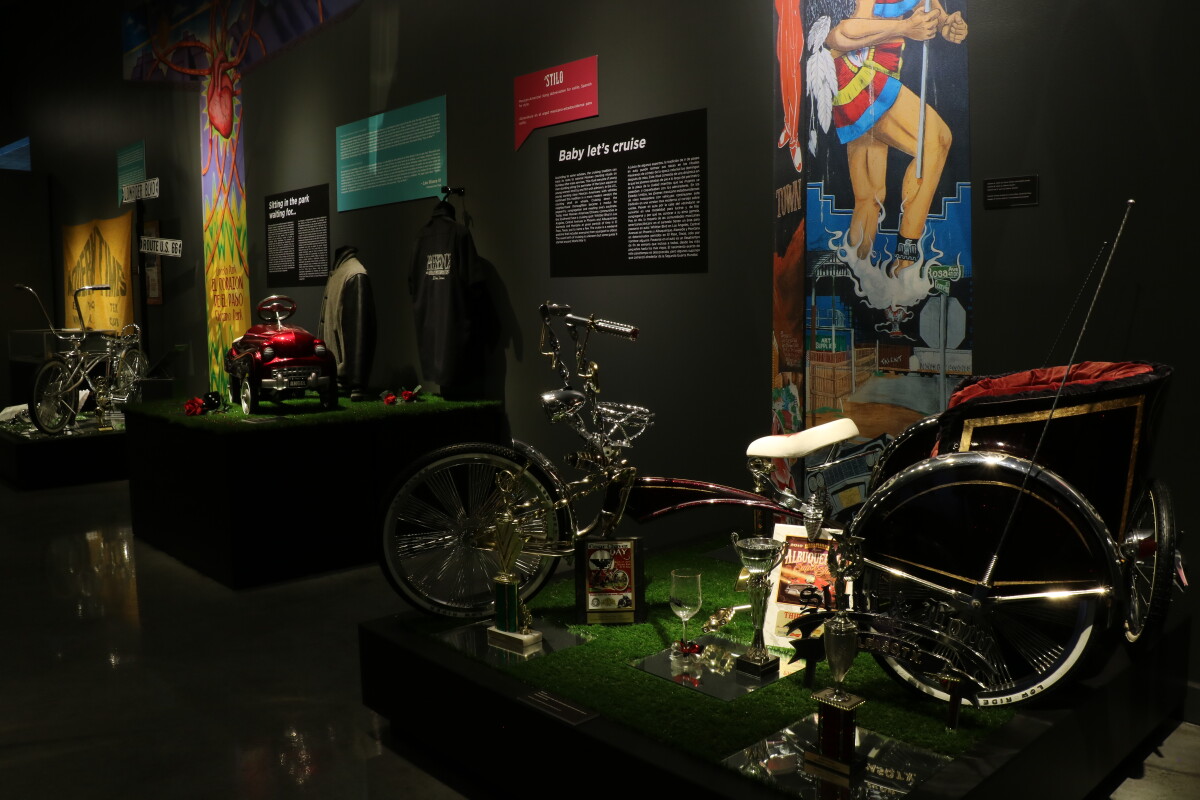
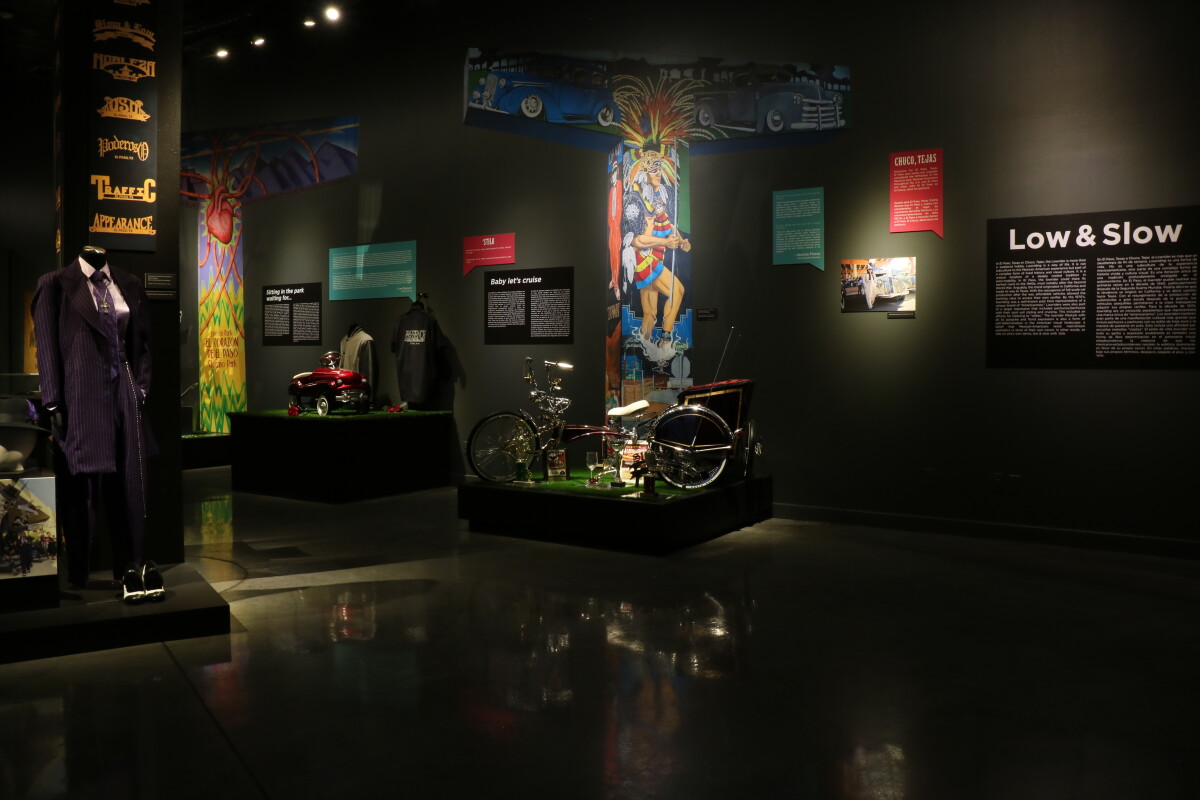
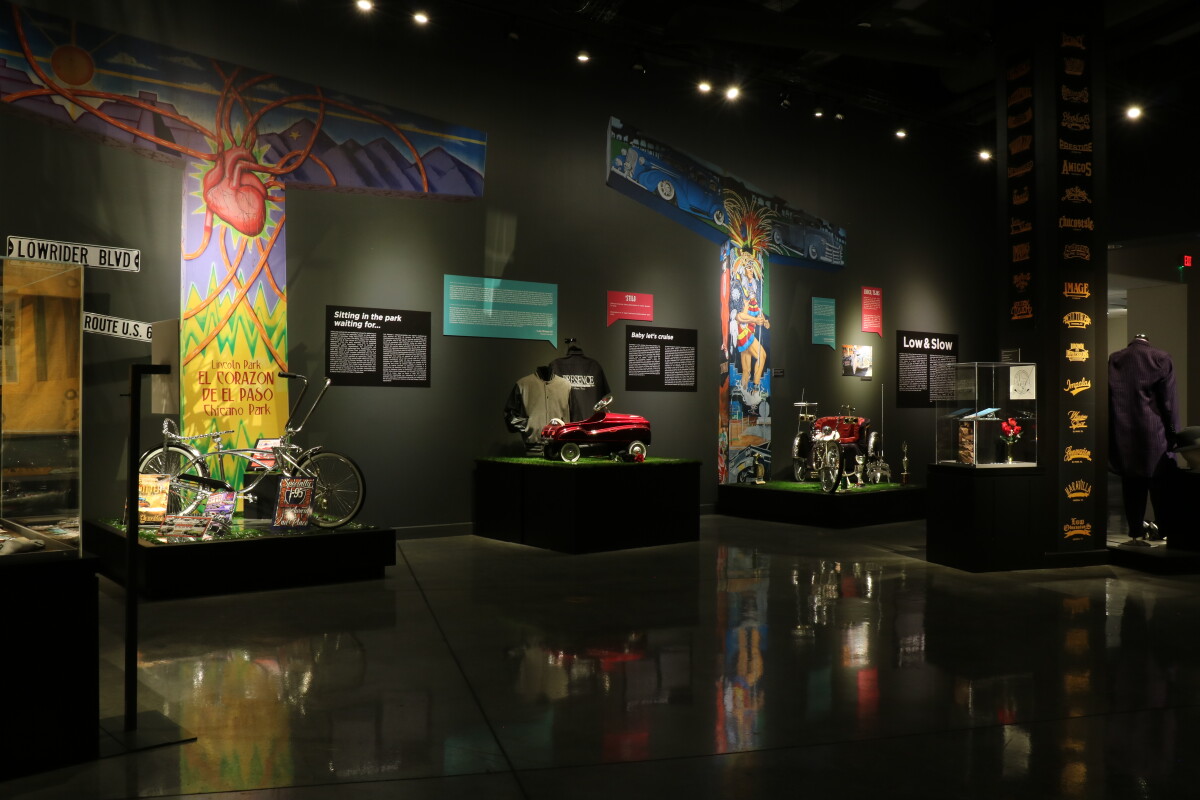
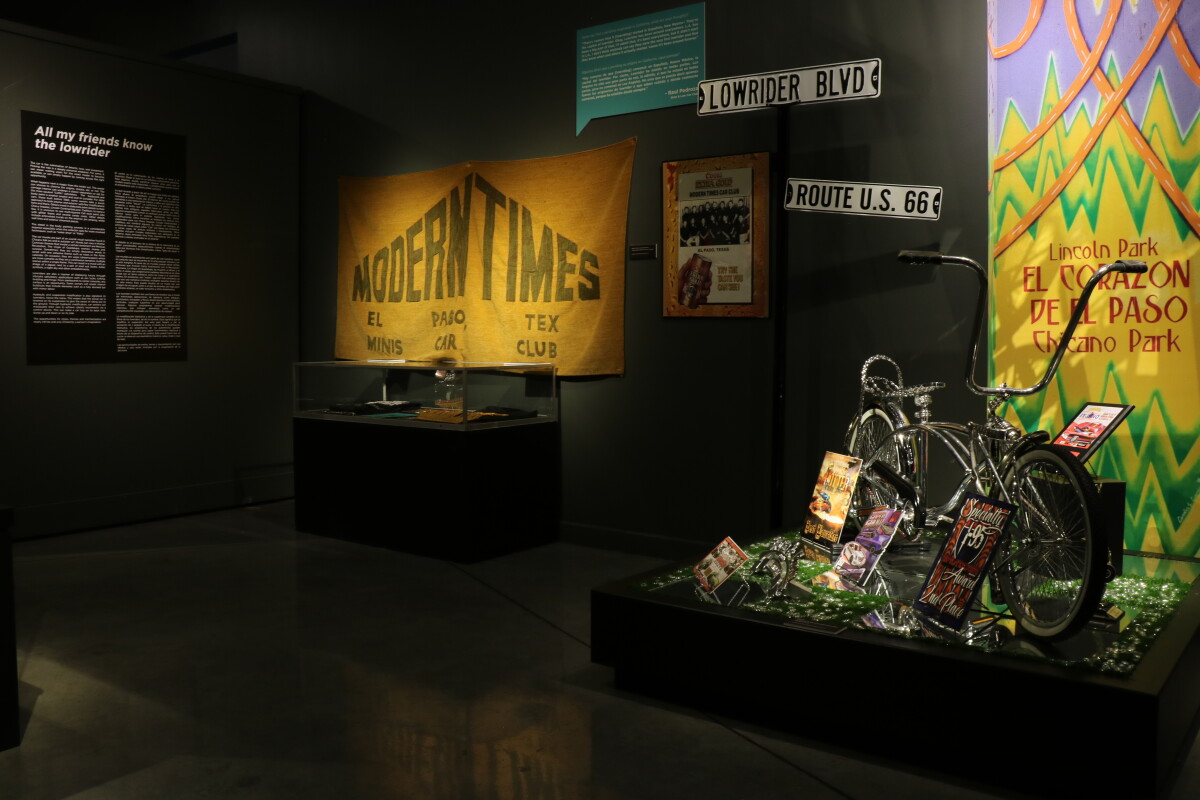
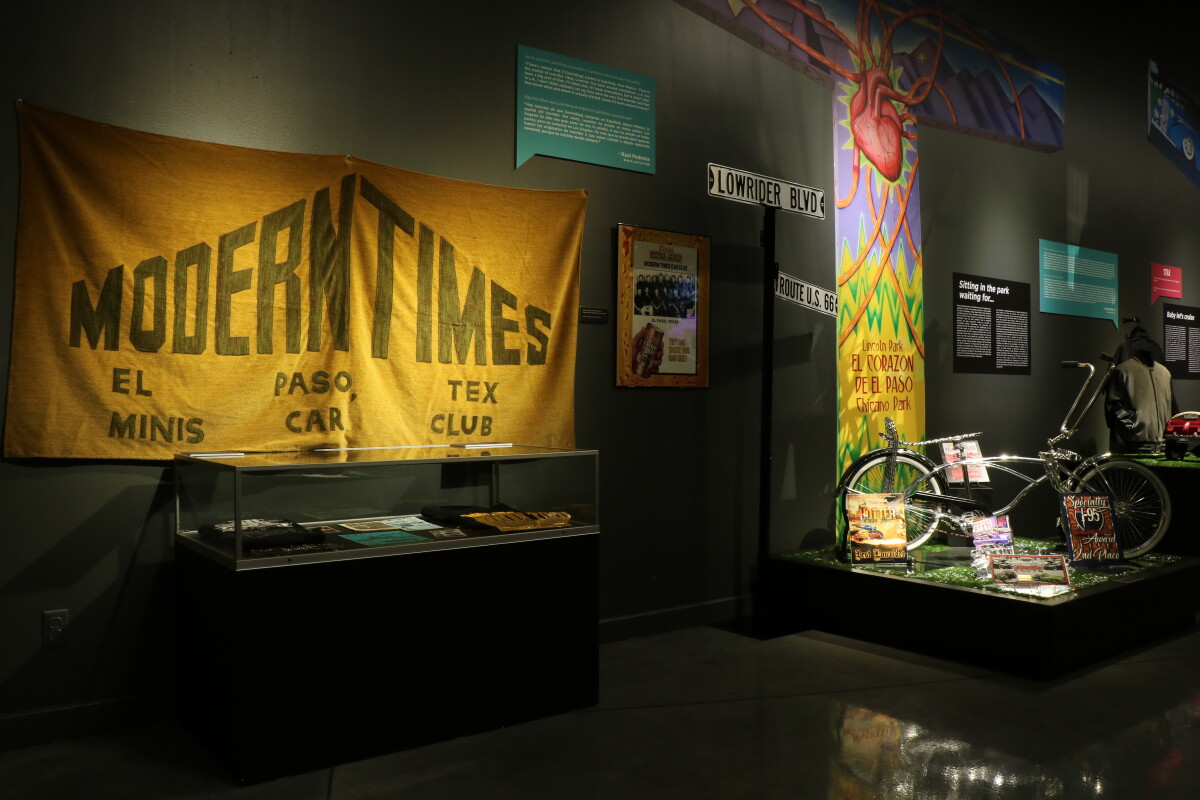
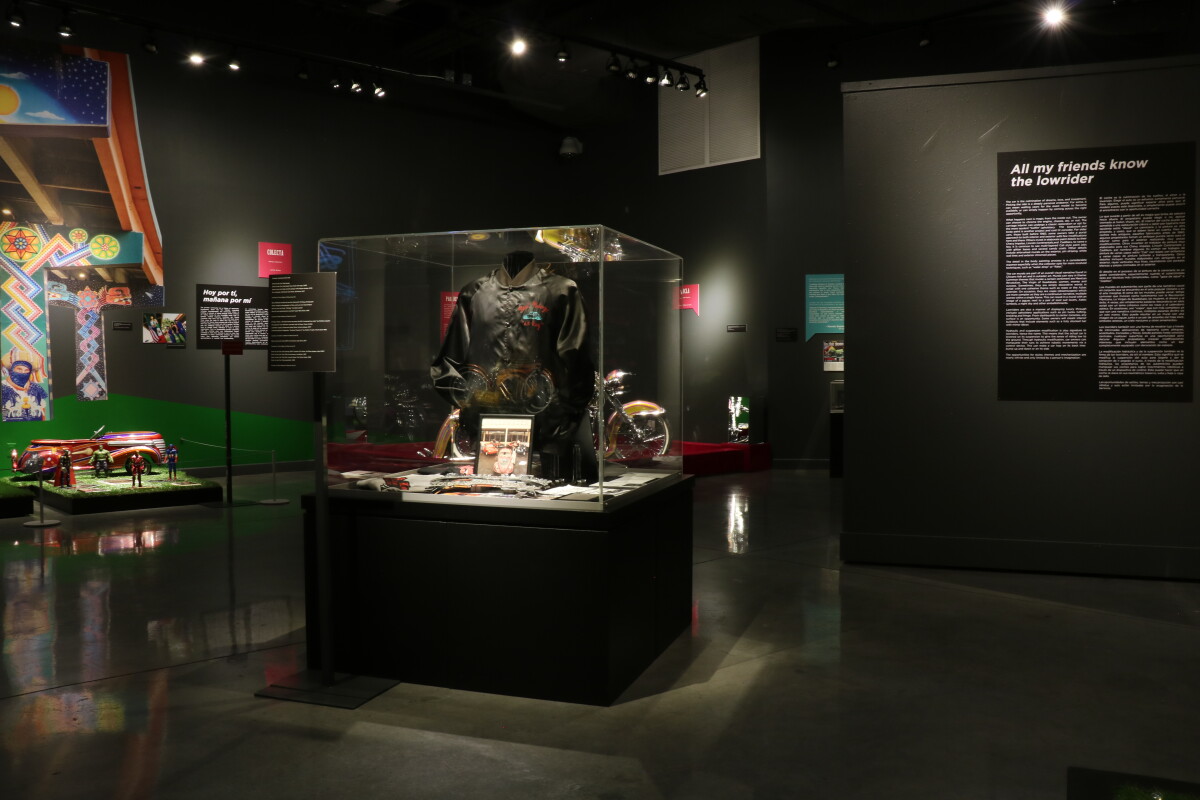
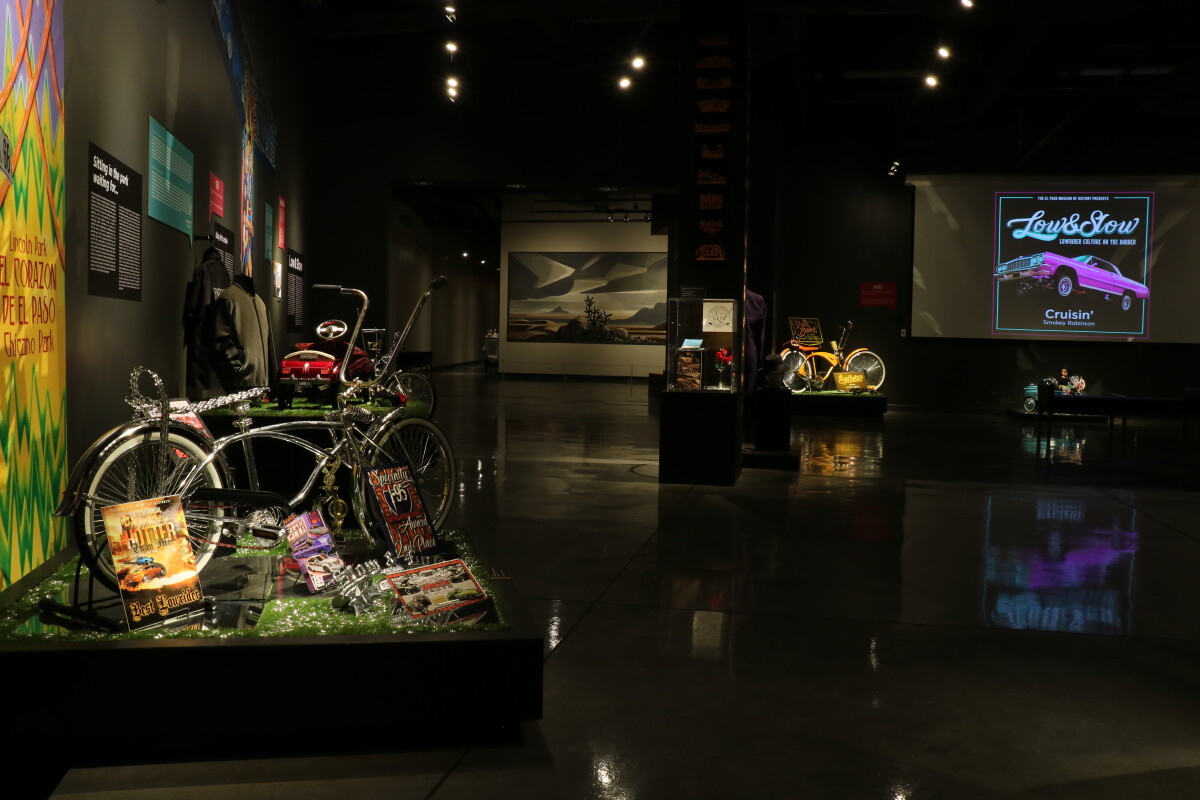
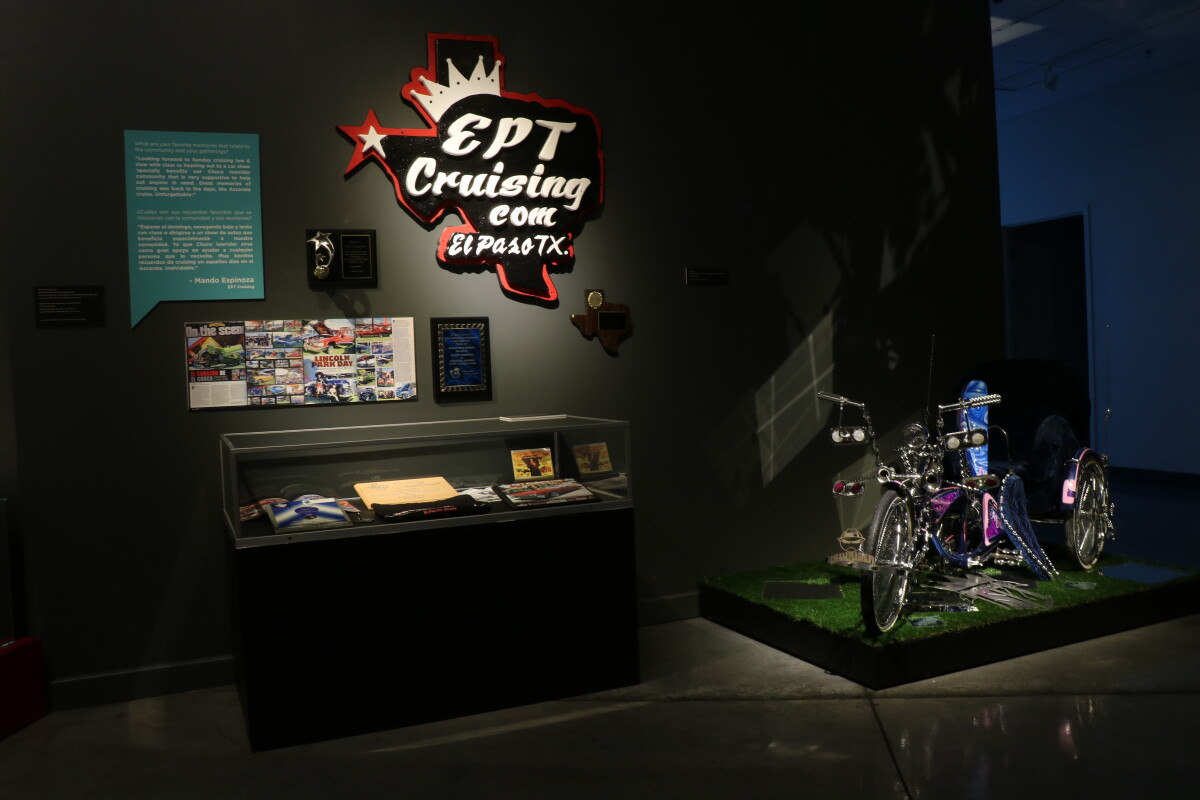
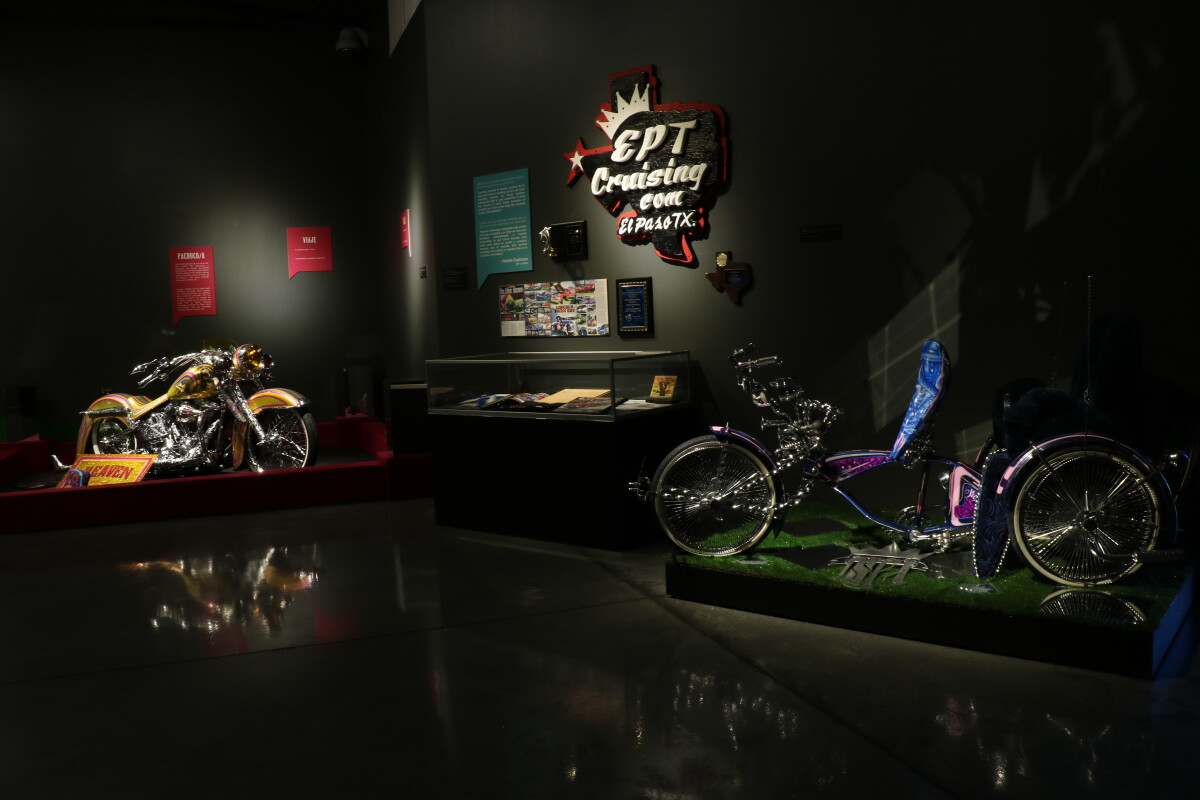
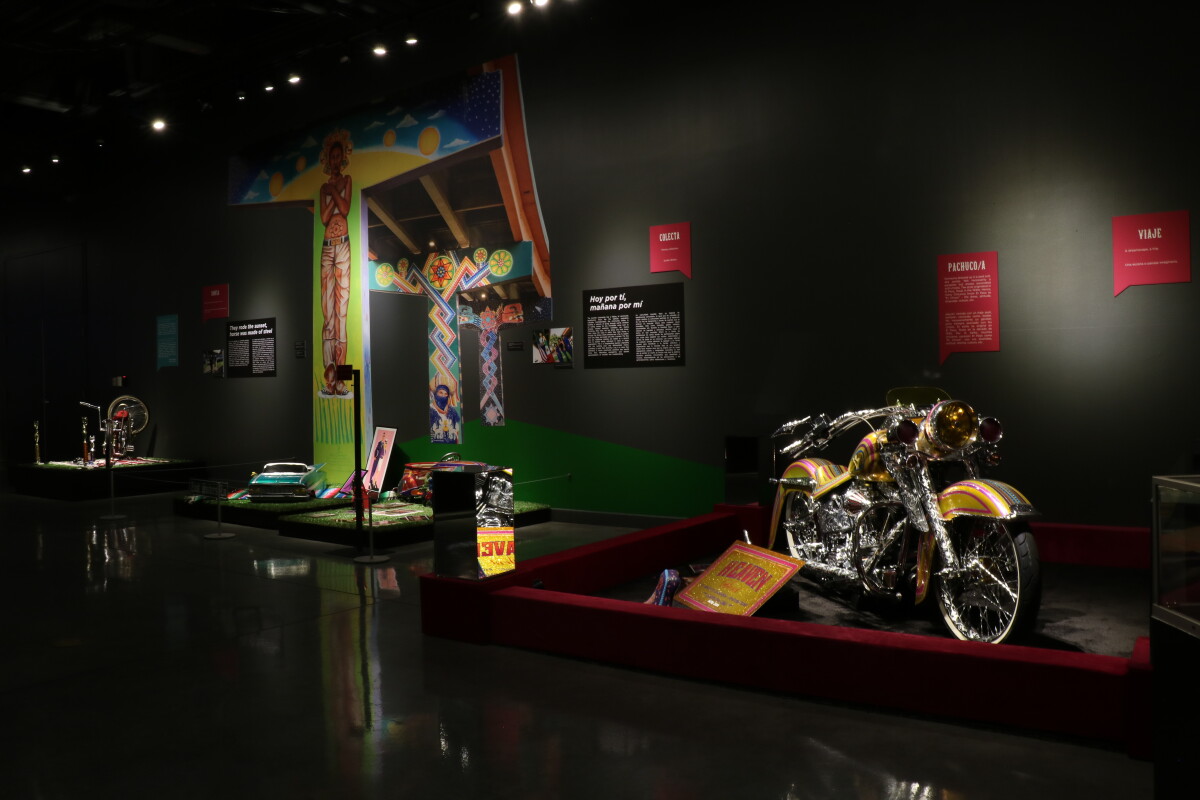
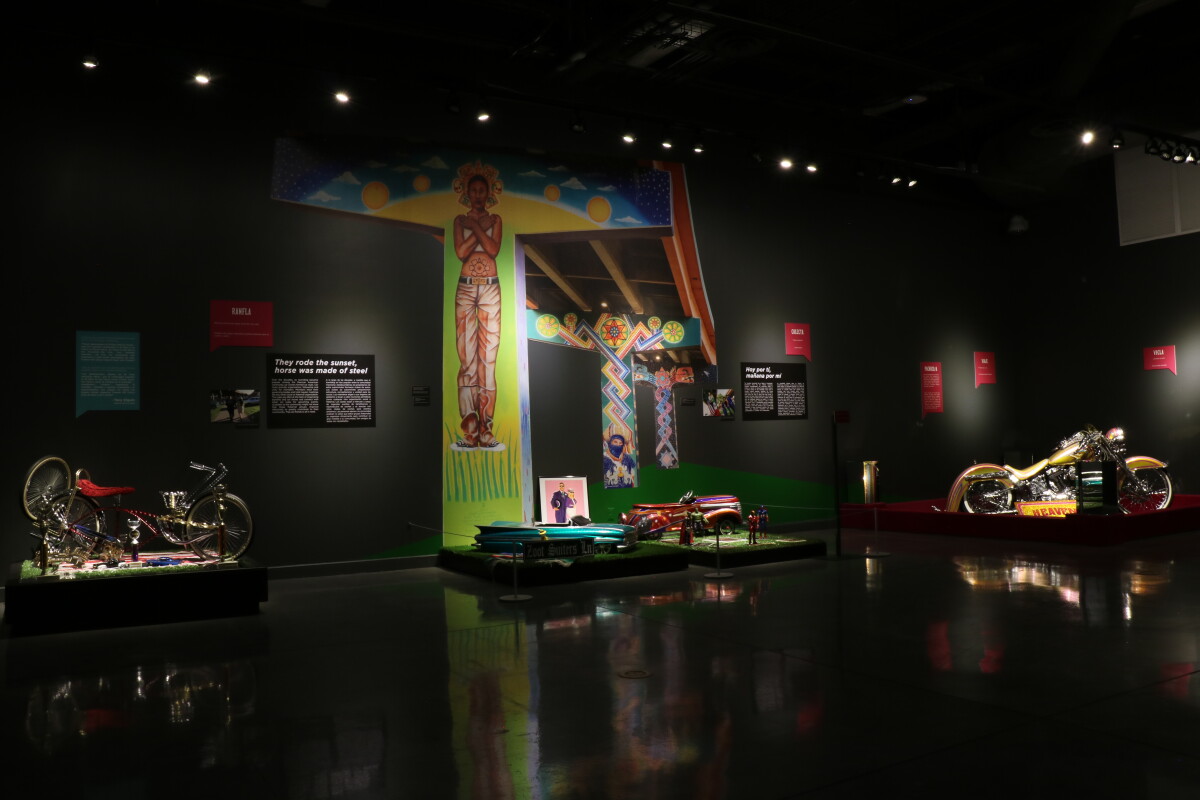
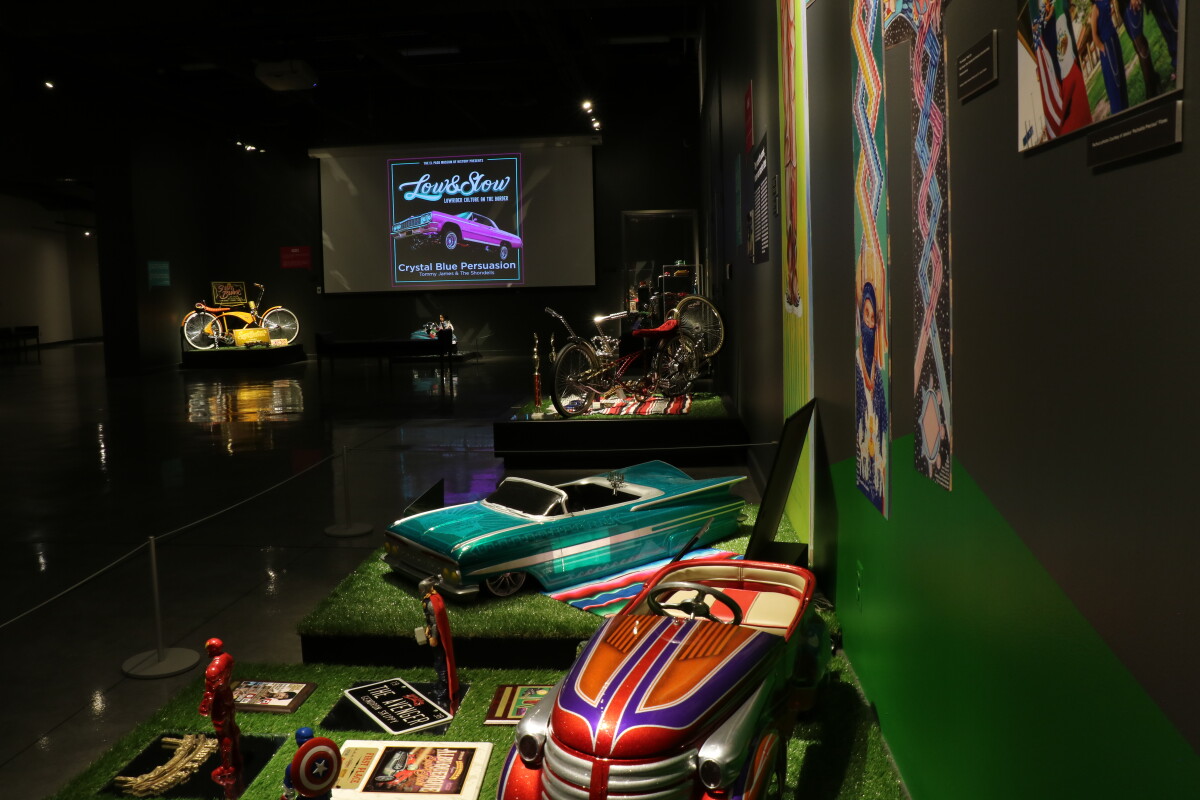
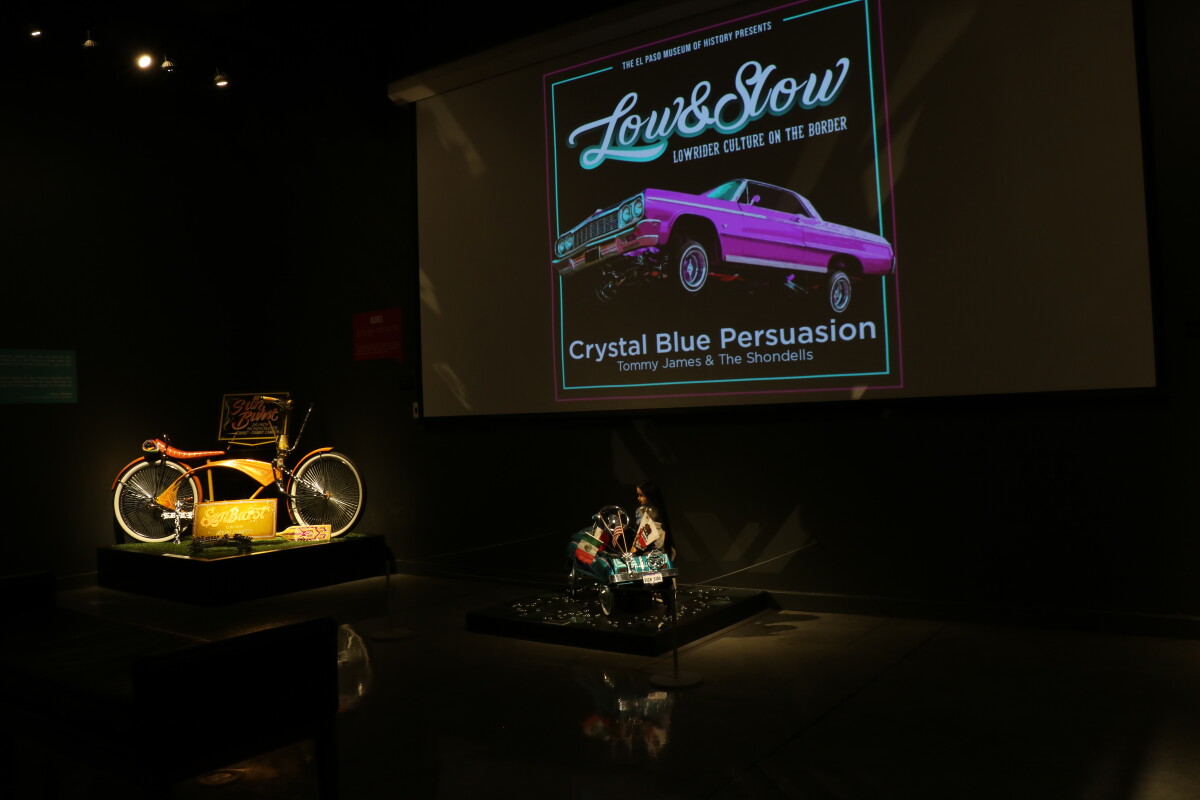

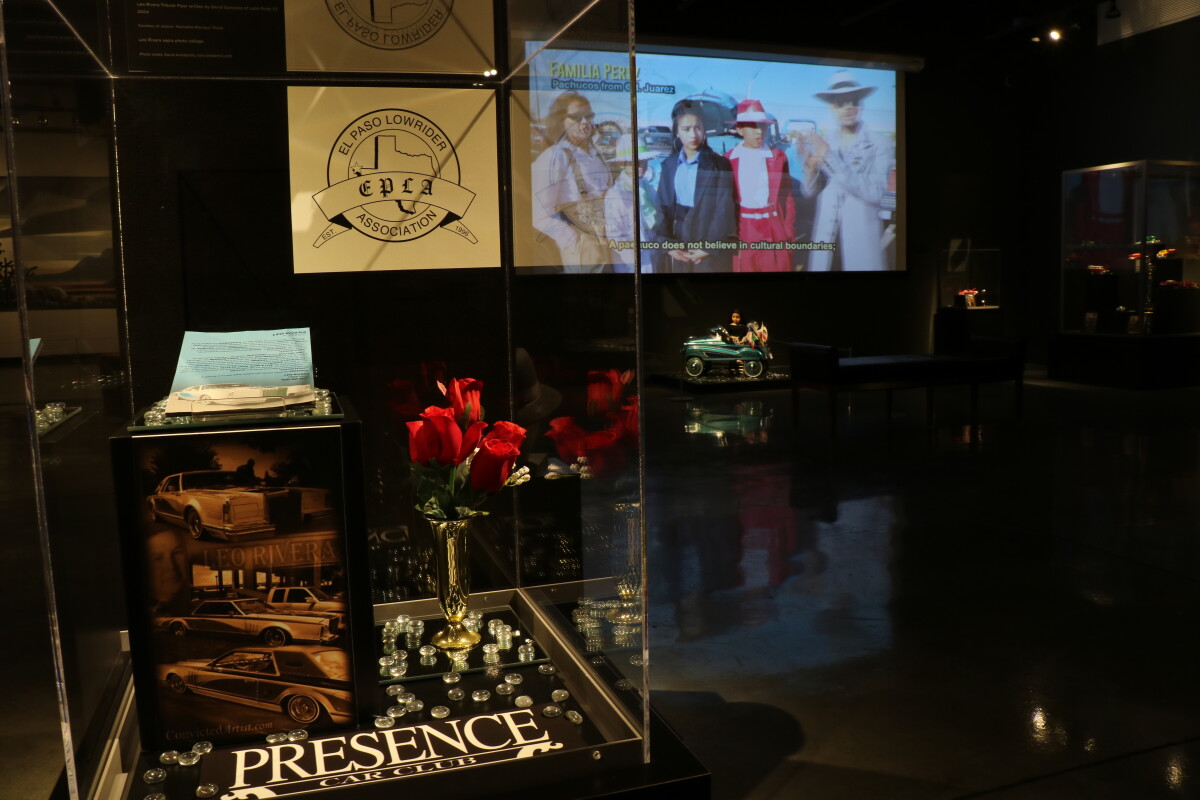
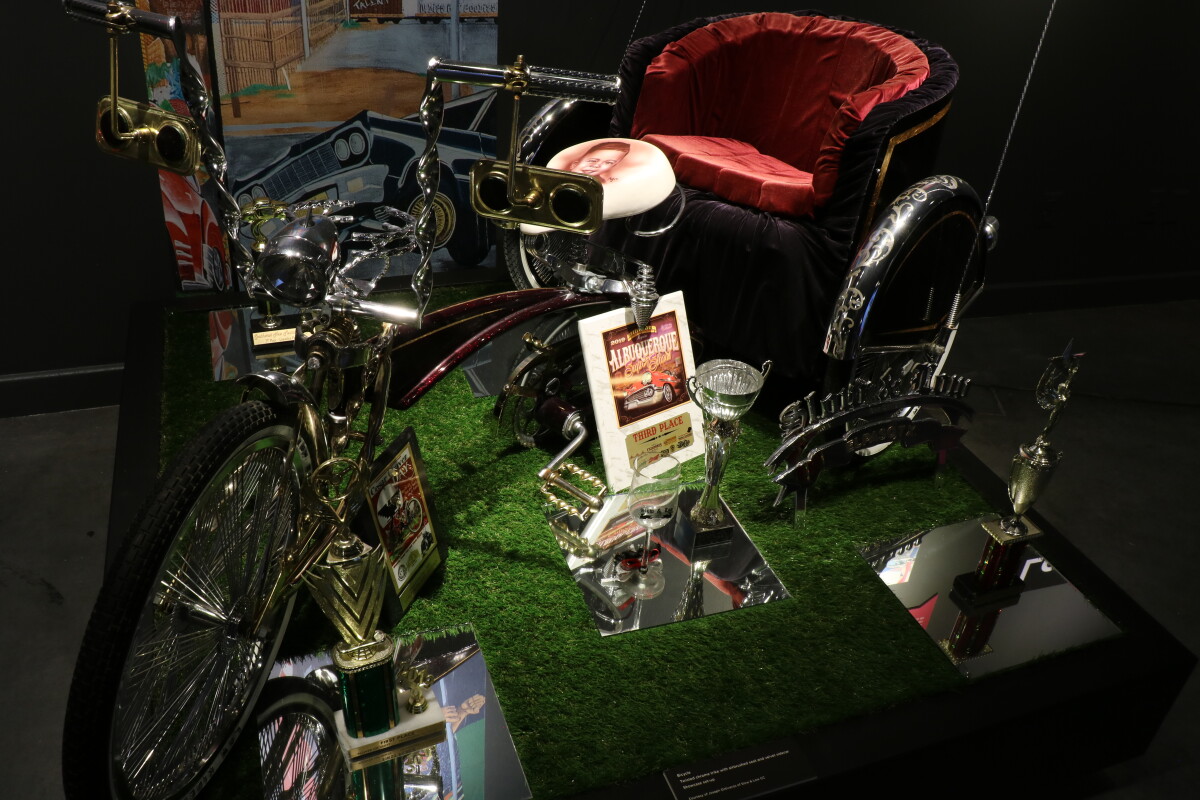
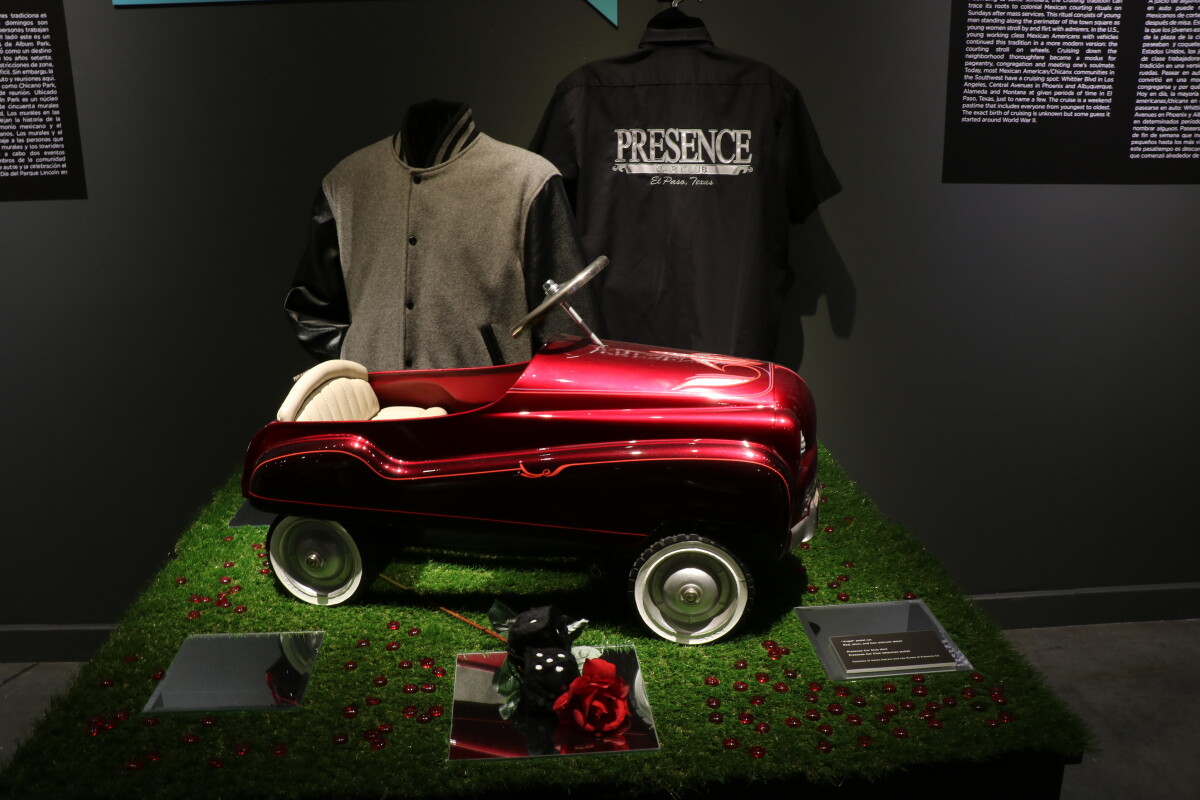
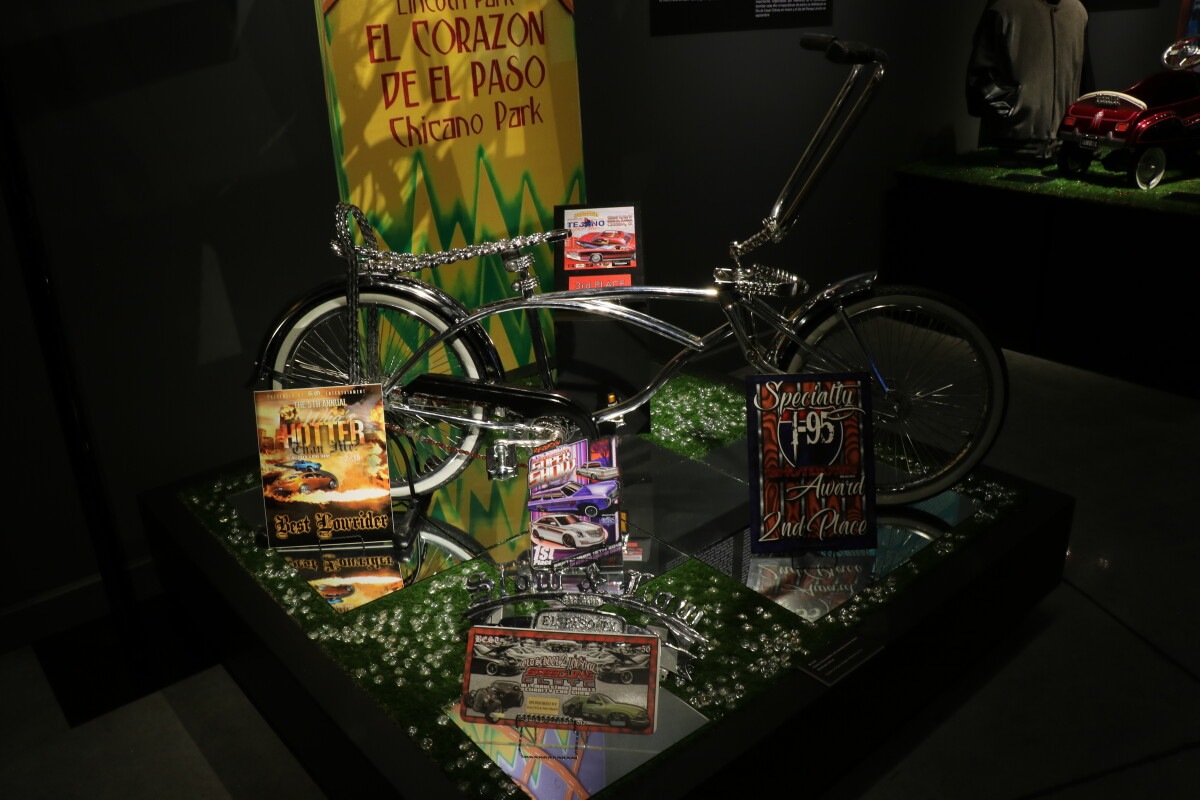
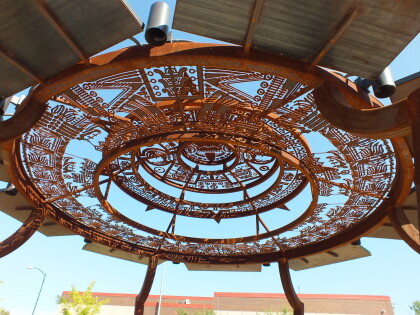
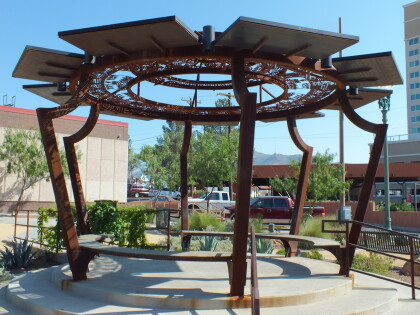
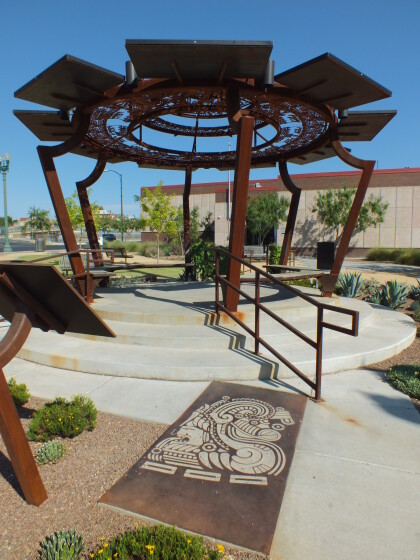
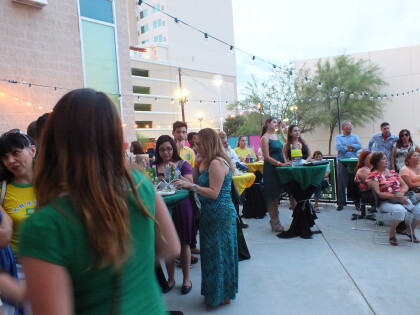
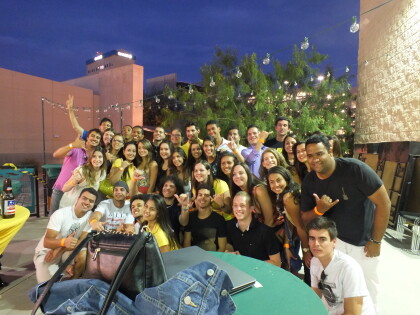
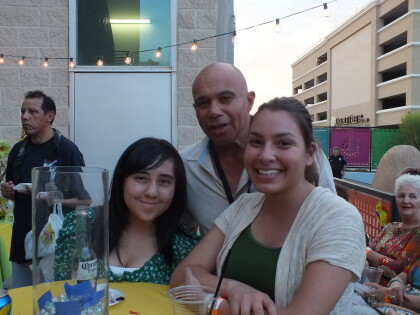
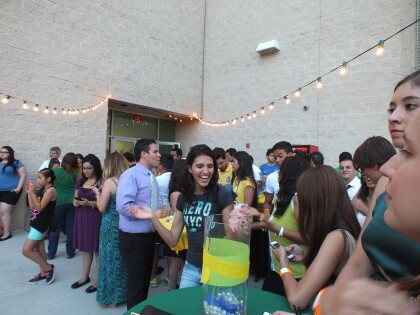
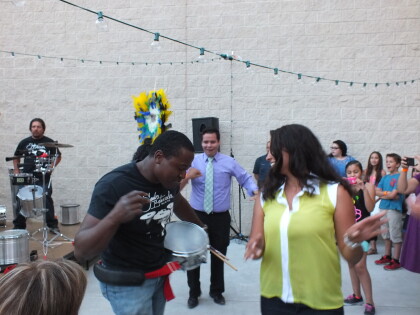
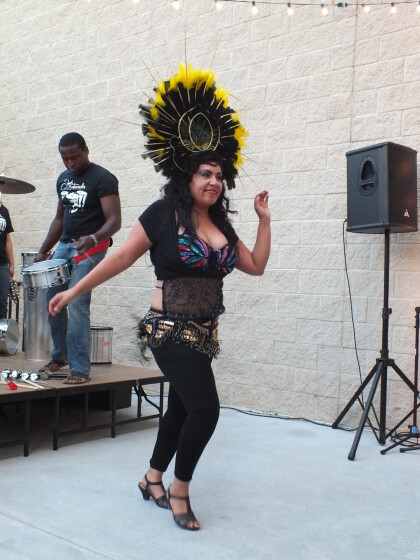
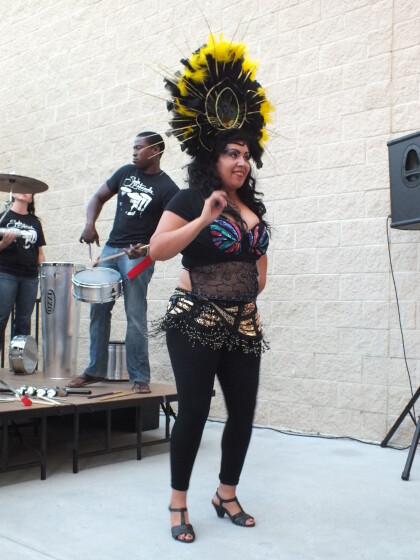
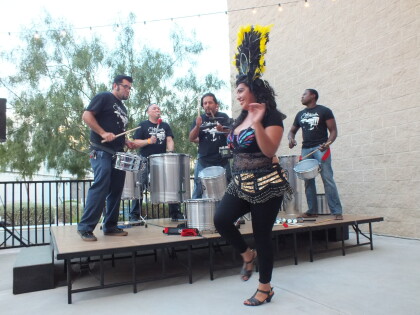
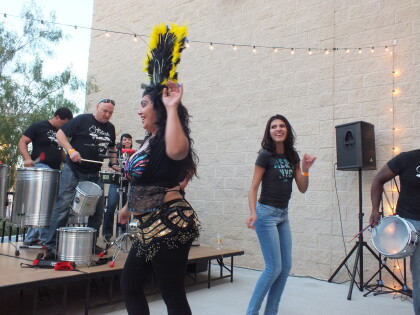
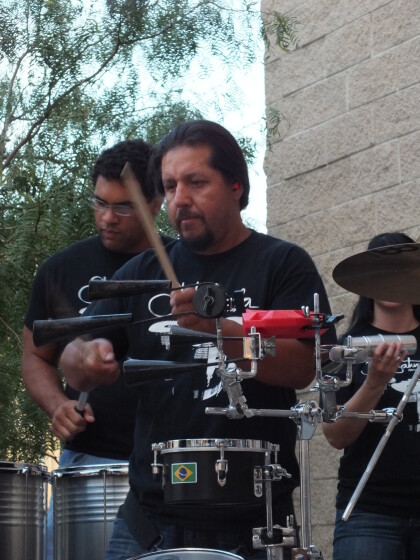
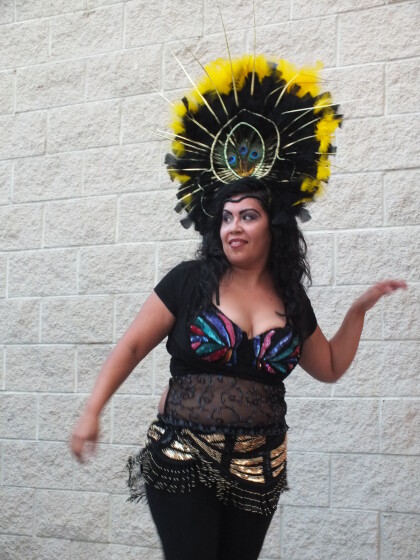
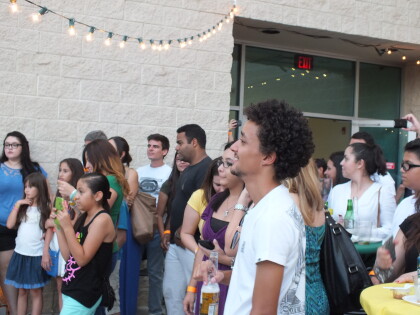
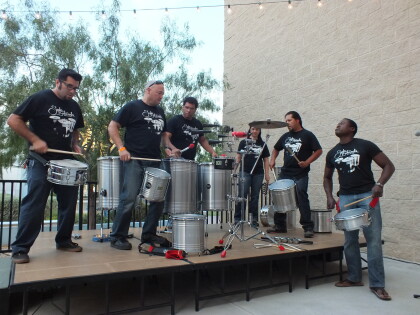
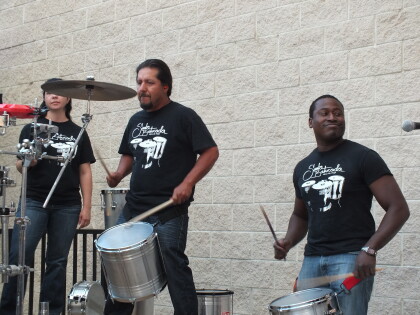
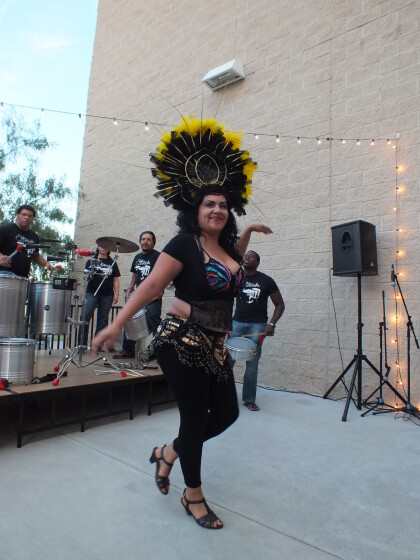

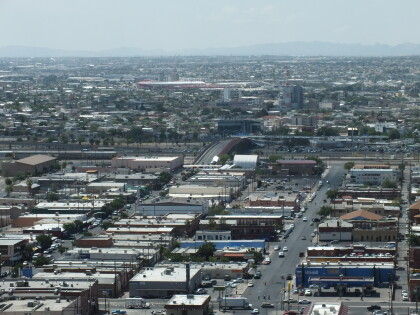

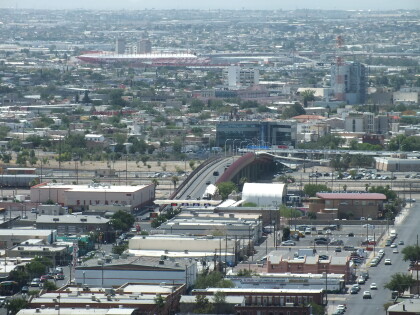
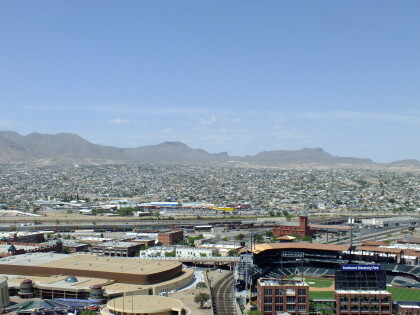
Comments
Add a comment